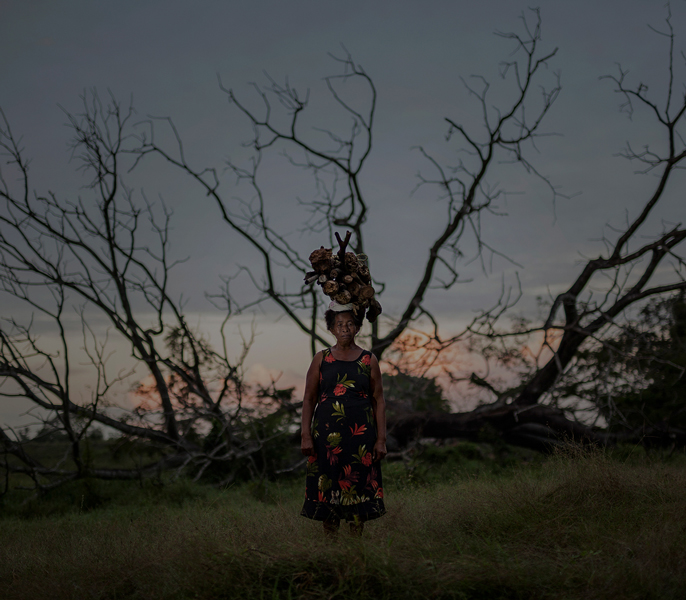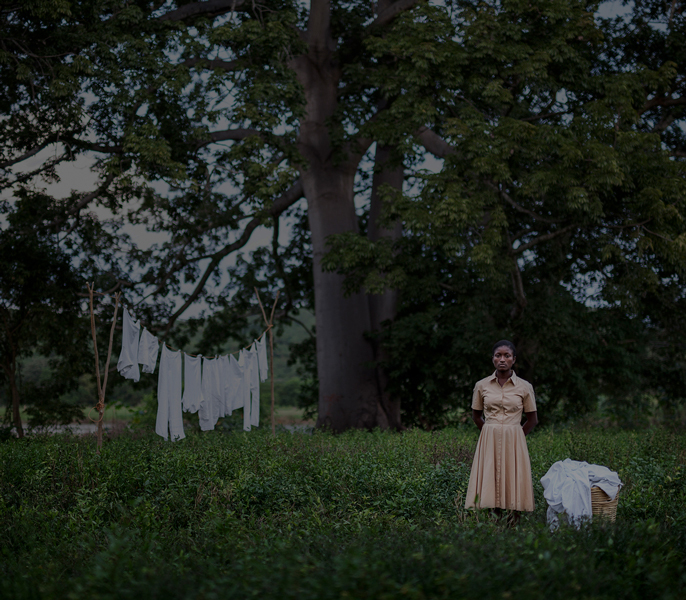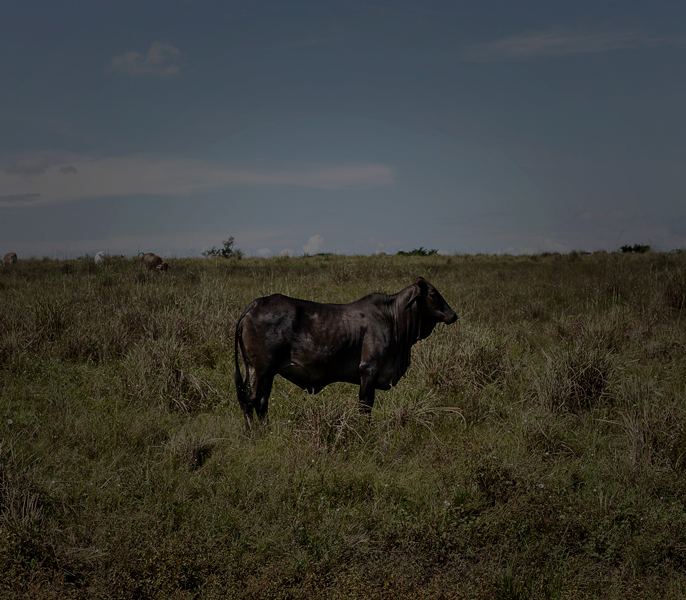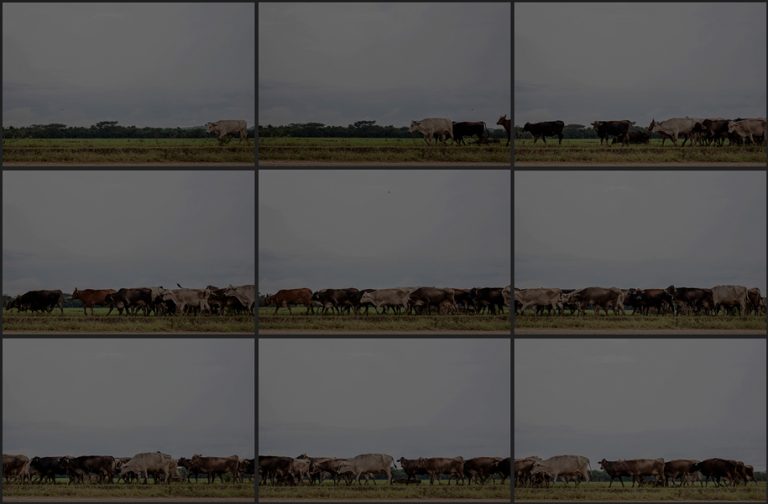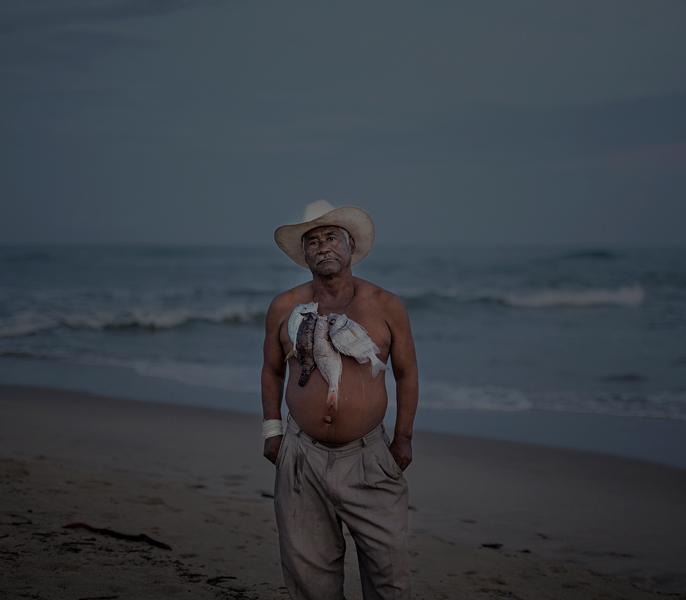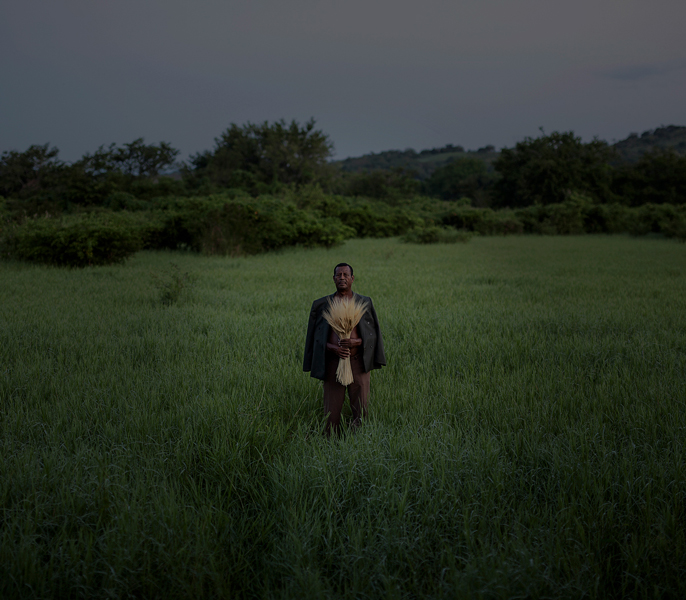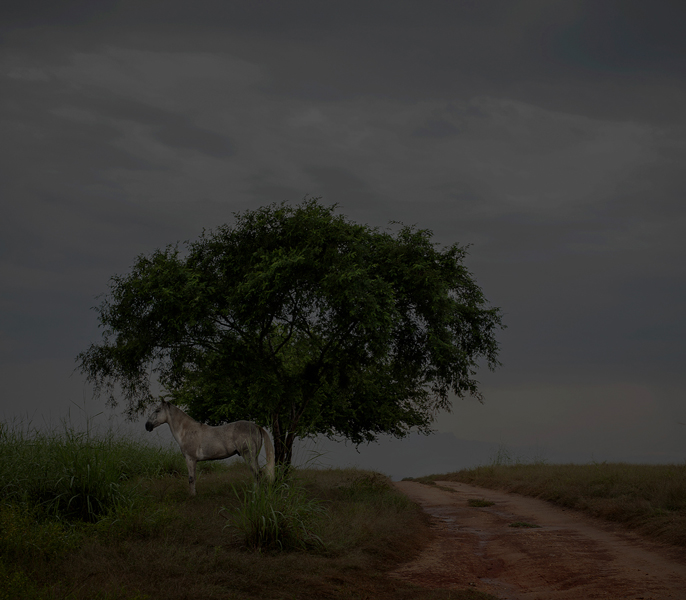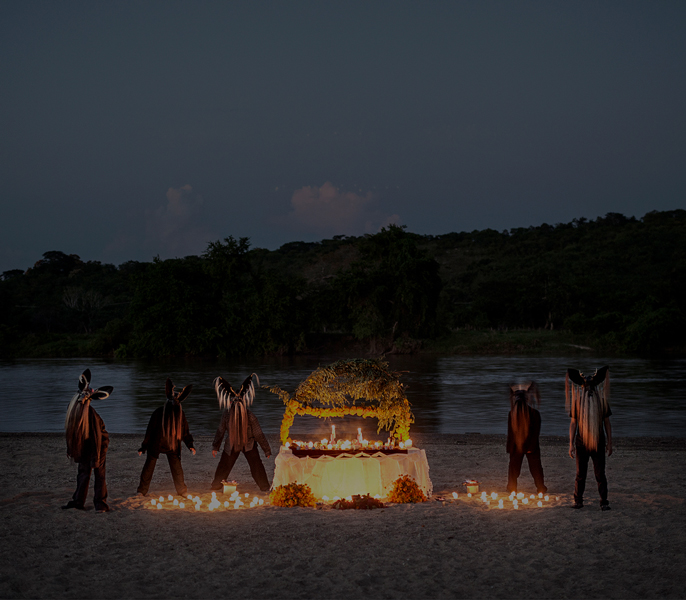
2017-2019
[ESP]
El desconocido mundo del negro afromexicano.
En las Américas, en la época de las colonias, se llamaba cimarrón al esclavo negro fugitivo que llevaba una vida de libertad en rincones apartados de la civilización.
De 1570 a 1742 la población negra en la Nueva España ascendió del 0.6% al 0.8%, lo que la colocó por encima de la española debido a la negativa de los peninsulares a viajar a las inestables colonias. En respuesta un gran número de esclavos africanos fueron exportados como fuerza de trabajo en distintos rubros: minería, ganadería, pesca, labores domésticas, entre otros.
Más tarde, durante la lucha de Independencia, en la que participaron diferentes castas, México se convirtió en el primer país de América en abolir la esclavitud.
Durante las décadas de consolidación del México independiente, cuyo máximo logro fue la elaboración de la Constitución Política de 1917, la población afromexicana fue poco a poco invisibilizada, al grado de no ser reconocida dentro de este documento.
En los años posteriores, la población afrodescendiente comenzó a agruparse principalmente en dos puntos del territorio mexicano: Veracruz y en la Costa Chica —frontera entre Guerrero y Oaxaca—.
En las últimas dos décadas la sociedad afromexicana comenzó una lucha por ese reconocimiento al impulsar debates que giraron en torno a temas socio-políticos e identitarios. No fue hasta el 2015 que esta inclusión se llevó a cabo en términos legales, aunque las discusiones continúan para obtener en la práctica el cumplimiento de sus derechos.
Hoy en día la población que se autodenomina Afromexicana está construyendo una versión propia de su pasado; ha comenzado a recuperar y rehacer su historia o, quizá, hacer visible una historia que mantuvieron viva en la clandestinidad.
El cimarrón y su fandango nos habla en forma alegórica del pasado de una comunidad negra y su recorrido por los vaivenes de la historia colonial, su integración en el territorio y su sentido de identidad dentro de él. Pero ese pasado no es sólo un concepto histórico descriptivo sino, sobre todo, una determinación del presente. Y, en el caso de los afromexicanos, un presente marginal, inestable e inmemorial.
[ENG]
The Little-Known World of the Afro-Mexican.
During the colonial period in the Americas, a cimarrón was a fugitive black slave who lived a free life in isolated corners of society.
From 1570 to 1742 the population of New Spain that was comprised by an African community rose from 0.6% to 0.8%, which placed it above the Spanish due to their refusal to travel to the unstable colonies. In response, a large number of African slaves were imported as a workforce in different areas: mining, livestock, fishing, and domestic work, among others.
Later, during the fight for independence from 1810 to 1821, in which different castes participated, Mexico became the first country in the Americas to abolish slavery.
During the decades of consolidation of Mexico as an independent country, whose maximum achievement was the elaboration of the Political Constitution in 1917, the african population was little by little invisibilized, to the degree of not being recognized within this document.
In the following years, the Afro-descendant population began to group mainly in two points of the Mexican territory: Veracruz and the Costa Chica region, on the border between Guerrero and Oaxaca.
In the last two decades, the black community began a struggle for that recognition by promoting debates that revolved around socio-political and identity issues. It was not until 2015 that this inclusion was carried out in legal terms, although the discussions continue to obtain in practice the fulfillment of their rights.
Today, the self-defined Afro-Mexican population is building its own version of the past, beginning to recover and reconstruct their history – or, perhaps, to illuminate a history they had kept alive in seclusion.
The Cimarron speaks allegorically about the past of a black community and its members’ journey through the fluctuations of colonial history, their integration into the Mexican territory, and their sense of identity within it. Yet that past isn’t merely a descriptive historical concept: it is, above all, a definition of the present. A present, in the case of their Afro-Mexican descendant, that remains marginal, unstable, and immemorial.





